German Ifo improves marginally in April
An improving Ifo index is always good news. However, a weaker current assessment component and below-average expectations do little to take away the stagnation risk for this year
In April, Germany’s most prominent leading indicator, the Ifo index, increased for the seventh month in a row, coming in at 93.6 from 93.2 in March. Expectations improved again but remain below their historical average, while the current assessment component weakened somewhat. This combination nicely illustrates that lower wholesale gas prices and the reopening of the Chinese economy have boosted economic confidence but that the German economy is still far away from strong growth.
Saved from recession – for now
Available hard data for the first two months of the year as well as recent soft indicators point to a surprising growth revival in the German economy. This growth revival is driven by a rebound in industrial activity, helped by the Chinese reopening and an easing of supply chain frictions. But this rebound is also very likely a short-lived one. At the same time, private consumption continues to suffer from still-high retail energy prices. Recent wage settlements, like last weekend’s agreement in the public sector, will offset the loss in purchasing power but only partly and only gradually.
Looking beyond the first quarter and particularly looking into the second half of the year, the German economy will continue its flirtation with recession. This is when the backlog will have been reduced without new strong demand coming in, when the impact of the most aggressive monetary policy tightening in decades will fully unfold and when a slowdown of the US economy will hit German exports. On top of these cyclical factors, the ongoing war in Ukraine, ongoing demographic change and an ongoing energy transition will structurally weigh on the German economy in the coming years.
With seven monthly increases in a row, today’s Ifo index is another illustration of the German economy’s better-than-expected resilience. The drop in wholesale energy prices and the reopening of China have even fuelled a short-lived industrial renaissance. Chances are even high that the first estimate for first quarter GDP growth (to be released on Friday) will show a positive growth figure. However, we expect this rebound to run out of steam soon. The flirtation with stagnation will continue.
source: ING
source: businessinsider.com


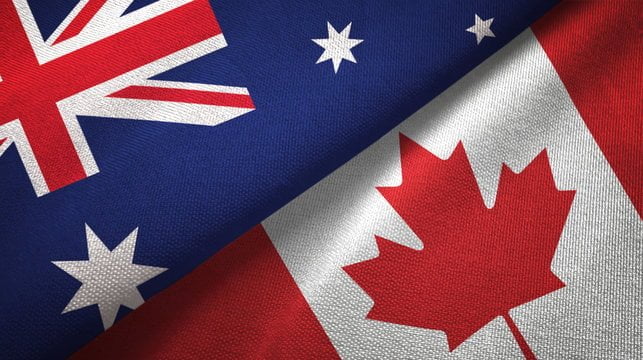
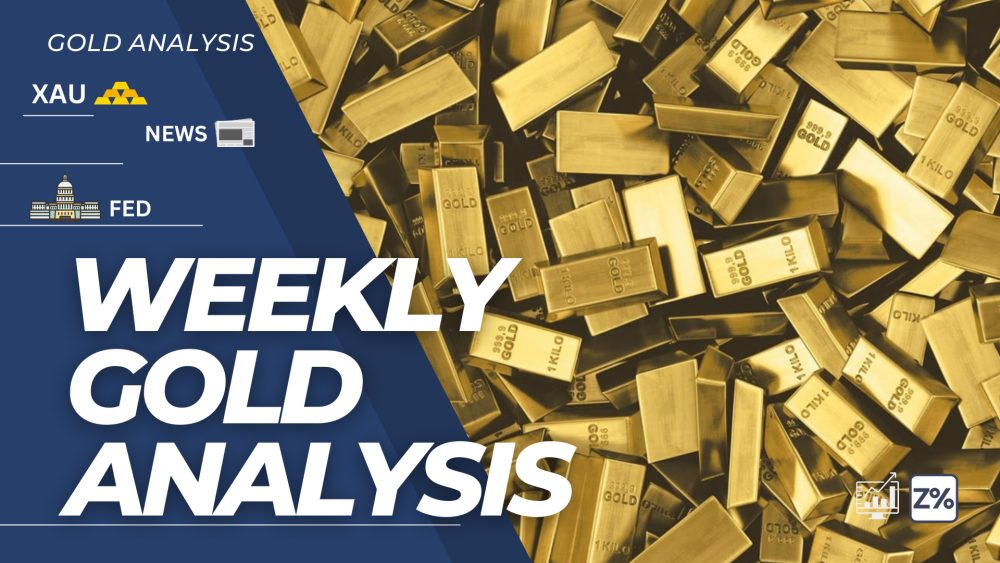
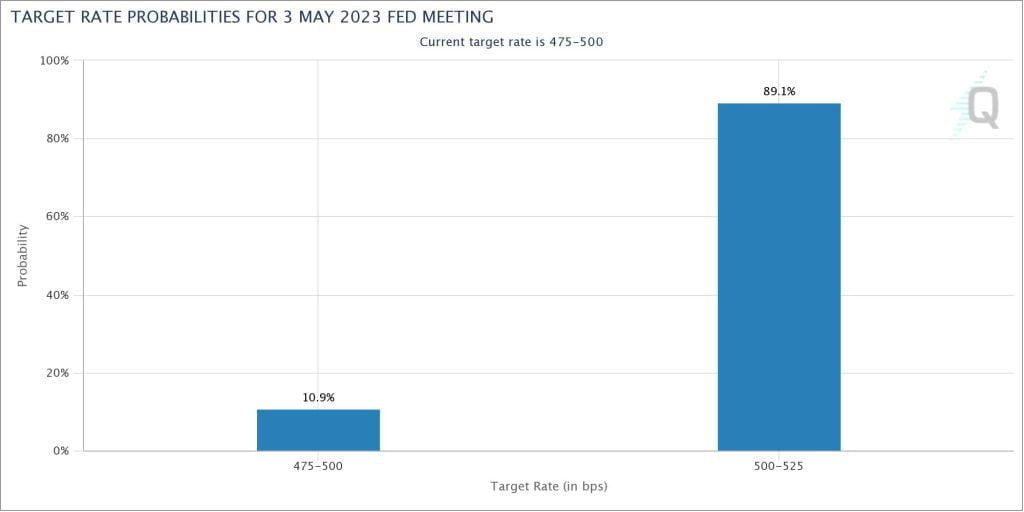
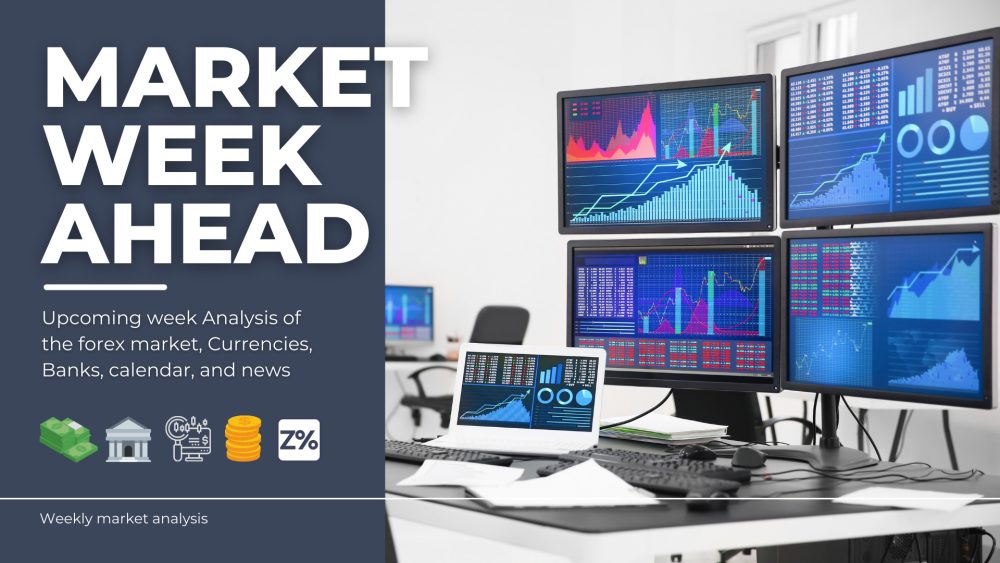

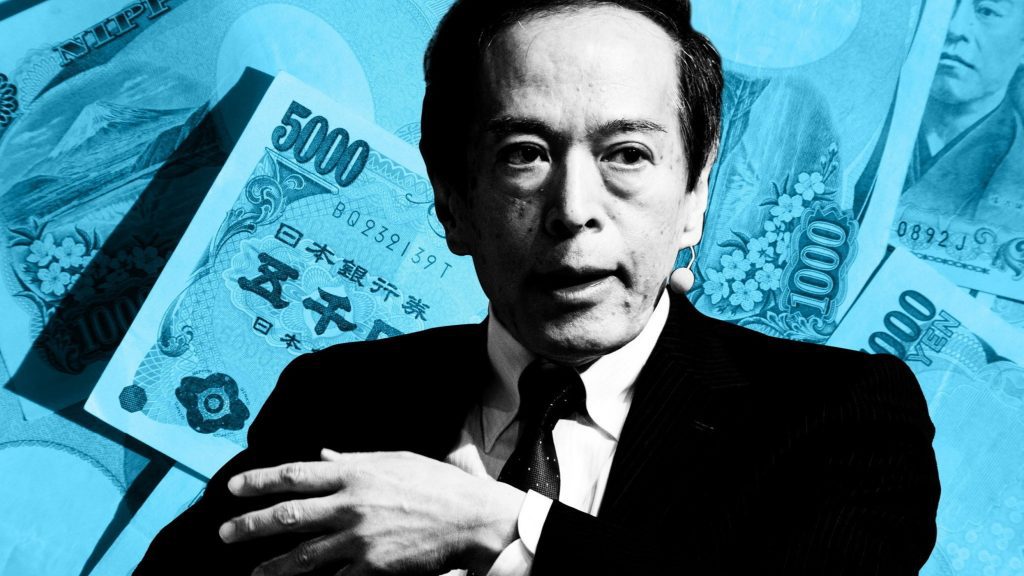
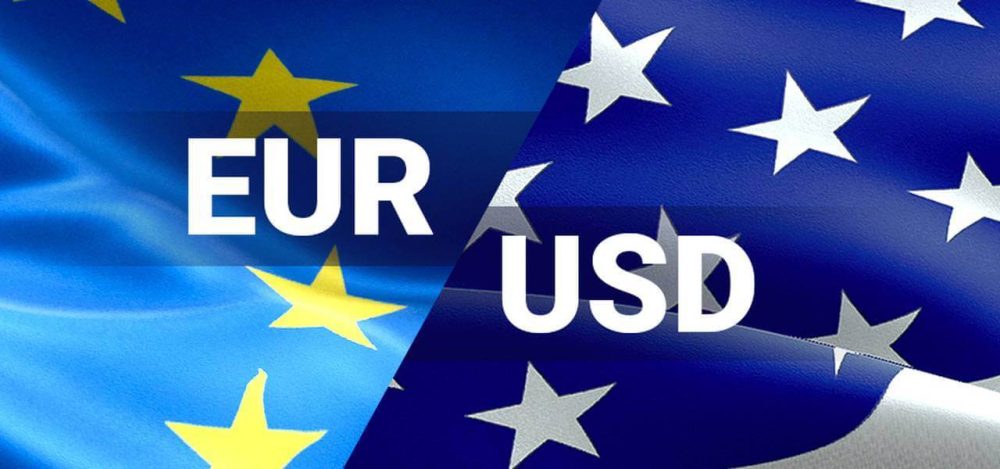

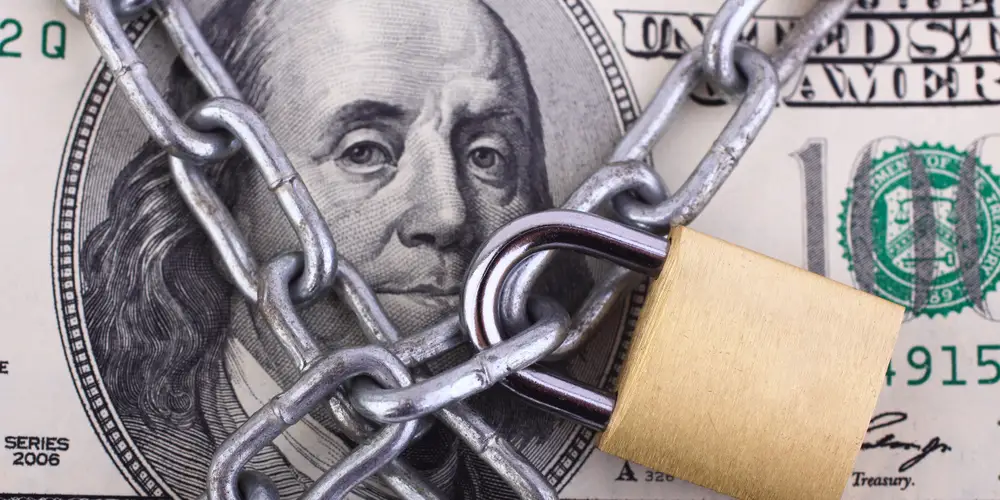




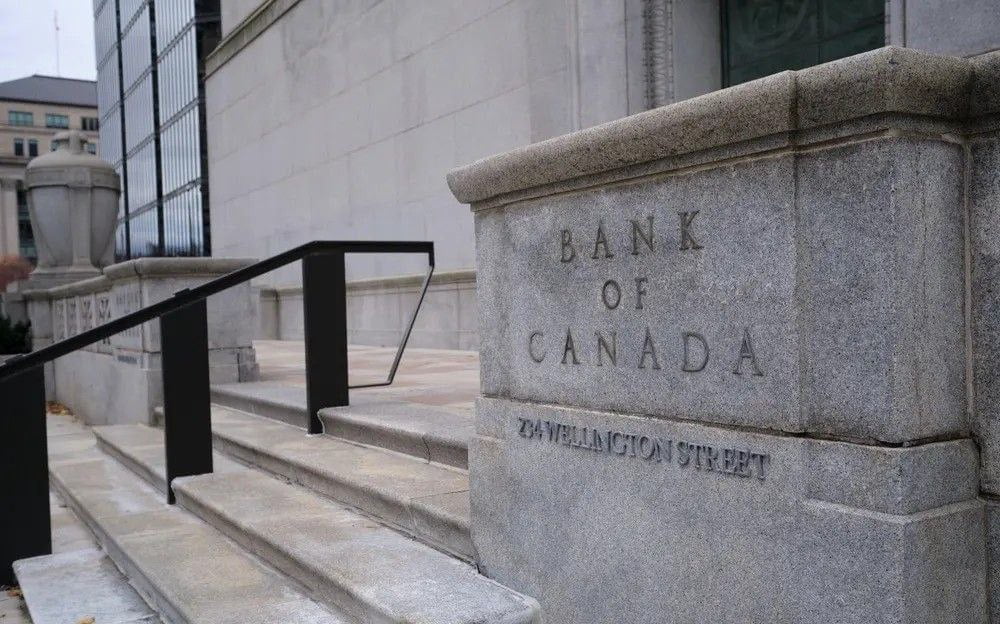

Leave a Reply
You must be logged in to post a comment.